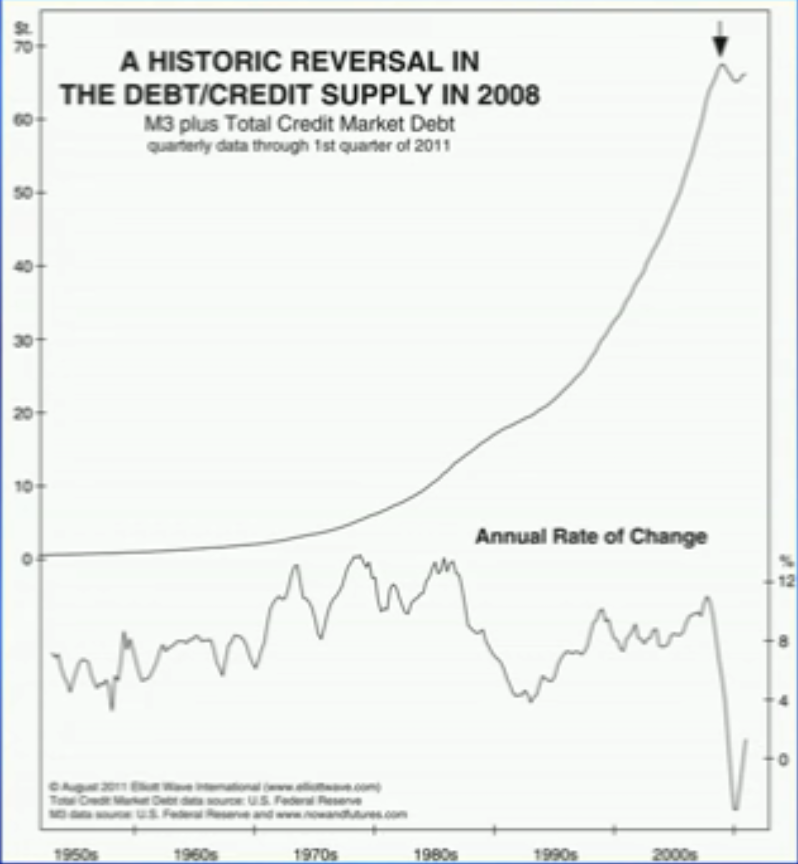

It didn’t matter which market we were watching – currencies, commodities, stocks – they had become oversold after a plunge throughout the month of September 2011. We expected a bounce and positioned our members accordingly. It is paying off so far. And as we currently see it, this is only a near-term correction that is going to be resolved in another major market collapse.
Perhaps the magnitude of the September move won’t be matched in depth and/or speed, but we believe most markets will ultimately fall through those September lows.
As those who follow us regularly know, we are big fans of using Elliott Wave principles to pinpoint trade setups. We recently came across this article from Elliott Wave International that does a good job of establishing the technical justification for another steep market decline. Give it a read – you’ll learn a lot in just 5 minutes.
Thanks,
Jack
P.S. They are also offering a FREE report at the end of the article. I think it’s worth checking out — you’ll be happy you did …
Did the Past 7 Weeks of Rally Lull You to Sleep?Here’s why you SHOULDN’T get too comfortable
Bear markets are cunning beasts.
Don’t get me wrong — we are not in the bear market territory yet. At least, not officially. An “official” bear market begins when the stocks indexes decline 20%. The DJIA’s decline from the May 2, 2011 high to the September 21 low is about 17%. Close, but no cigar.
Add to that the strong rallies we’ve seen over the past few weeks (Sept. 12-20: +685 points in the Dow, for example) — and lots of people conclude that despite the volatility, things aren’t so bad.
But let’s get some perspective. The stock market has been around a while. Only when you look at its history do you realize just how cunning — and fast, and strong — bear markets can be.
Here’s a chart we’ve shown readers before. It’s worth printing out and keeping on the wall above the desk where you open your brokerage statements.
This is the DJIA between 1930 and 1932, one of the worst bear markets in history. Robert Prechter, EWI’s president, took the time to measure the percentage gain of each bear market rally during the 2-year period — you can see them in this chart.
When you routinely see double-digit rallies (11 percent, 18 percent, even 39%) over the course of two or three years, it’s easy to be lulled into thinking that maybe things aren’t so bad.

The reality, of course, is that the bear market’s chokehold grows tighter around your neck with every drop-rally sequence. (Think back to the 2007-2009 collapse, and you’ll remember the same behavior.)
Which brings us to here and now. Rallies and declines of 300-400+ points have been so common since August that we’re kinda getting used to them.
The question is: Are we in a bear market, or is it that “maybe things aren’t so bad”?
You need some perspective to answer that question. The research we do here at EWI can help.
Ed Note: I have subscribed and downloaded and took a screen shot of the EWI report Buying Opportunity Ahead or Another “Free Fall” Ahead that Jack Crooks refers to. You can look at it by clicking HERE – The trouble is within the report is a video containing some fascinating charts, like the one at the top of this article, and that video will not play. If you want to view those charts you’ll need to subscribe to the EWI Free Report HERE – Robert Zurrer for Moneytalks.net
